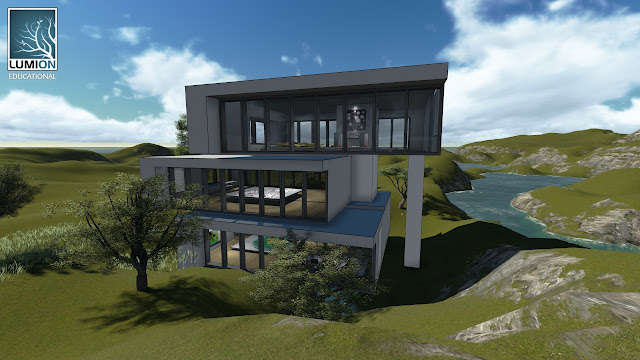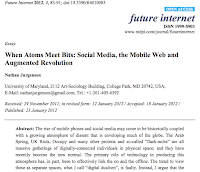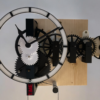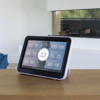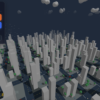Taxi! is an analytical model that maps the trip data for 10,000 taxi rides over the course of 24 hours. Geographic location data for the origin and destination of each ride is combined with waypoint data collected from the Google Maps API in order to generate a geographically accurate representation of the trip:
This project was a collaboration between Tom McKeogh, Eliza Montgomery and Juan F Saldarriaga. It was done for SEARCH class taught by Mark Collins and Toru Hasegawa (Proxy), at GSAPP, Columbia University, Fall 2011.
As part of the reseach they acknowledge the support of the CUNY High Performance Computing Center under NSF Grants No. CNS-0855217 and No. CNS-0958379.
For any additional information please contact Juan Francisco Saldarriaga at jfs2118@columbia.edu
As a side note we also like the music by Rob Viola of statikluft.com/
